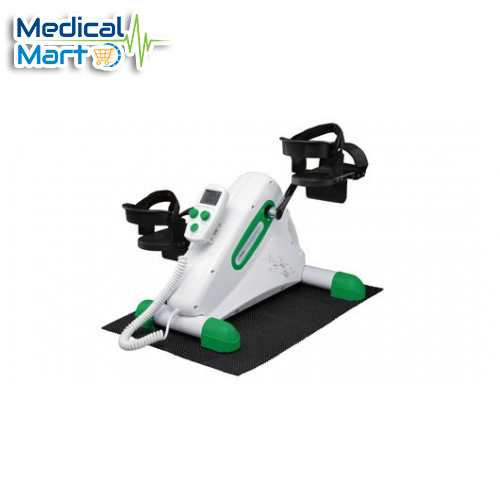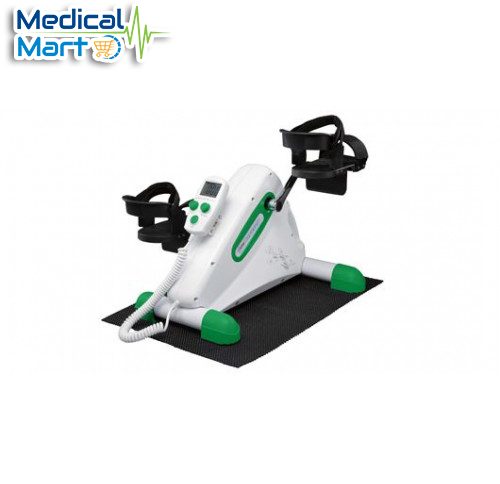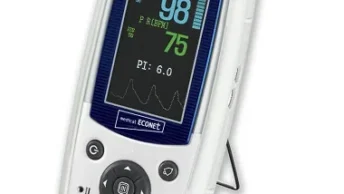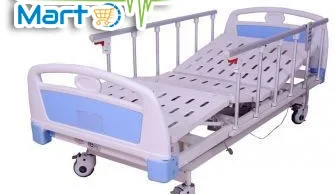Physiotherapy equipment for home use can be helpful in supporting the rehabilitation and well-being of patients. However, it’s important to note that the specific equipment needed depends on the individual’s condition and the recommendations of a healthcare professional. Here are some common physiotherapy equipment for home use:
Exercise Balls:
Stability balls or exercise balls can be used for various exercises to improve balance, stability, and core strength.
Oxycycle III Pedal Excericiser:
The OxyCycle III Pedal Exerciser is a great tool for personalised, low-stress workouts that can be used anywhere. The adjustable speed and resistance makes it a great product to progressively strengthen your arms and legs. This pedal exerciser provides low impact exercise to increase strength and flexibility, is versatile for both upper and lower body and it improves the blood circulation.

The OxyCycle III Pedal Exerciser has a 80 Watt motor to offer enough power to maintain a constant rotational speed, whereas cheaper models only carry a 30 Watt motor. A safety stop will avoid injury in case of cramp or muscle spasm. The OxyCycle has a light-weight compact design, adjustable speed & resistance, a 15-minute timer switch and a multi-function LCD display readout scan, time, count, total count and calories burned. A non-skid mat and interchangeable handgrip pedals are included.
Resistance Bands:
These elastic bands provide resistance for strength training exercises. They are versatile and can be used for different muscle groups
Theraband or Resistance Tubing:
Similar to resistance bands, these provide resistance for muscle strengthening exercises. They are often used in physical therapy.
Balance Pads or Discs:
These tools can be used to improve balance and proprioception, helping with stability and coordination.
Hand Exercise Tools:
Hand grippers, therapy putty, or stress balls can aid in hand and finger exercises for strength and flexibility.
Foam Rollers:
These are used for self-myofascial release to reduce muscle tightness and improve flexibility.
TENS (Transcutaneous Electrical Nerve Stimulation) Unit:
TENS units can provide pain relief by sending low-voltage electrical currents through the skin to the nerves.
Heat and Cold Packs:
Hot and cold packs can be used for pain management. Heat is typically used for muscle relaxation, while cold is used for reducing inflammation.
Massage Tools:
Handheld massagers or foam massage rollers can help with muscle relaxation and pain relief.
Pedometer or Step Counter:
For patients working on mobility and walking, a pedometer can be a motivational tool to track daily steps.
Pulley Systems:
Over-door pulley systems can assist in shoulder and arm exercises, especially after injuries or surgeries.
Walker or Crutches:
Depending on the individual’s mobility, a walker or crutches may be necessary for support and stability.
Cane:
Canes can be used to provide additional support during walking for those with mild balance issues.
Therapeutic Pillows and Cushions:
Specialty pillows or cushions can be used to support proper posture and provide comfort during sitting or sleeping.
Before purchasing any equipment, it’s crucial to consult with a healthcare professional or a physiotherapist to ensure that the chosen tools are appropriate for the individual’s specific needs and conditions. Additionally, proper guidance on how to use the equipment safely and effectively is essential.







